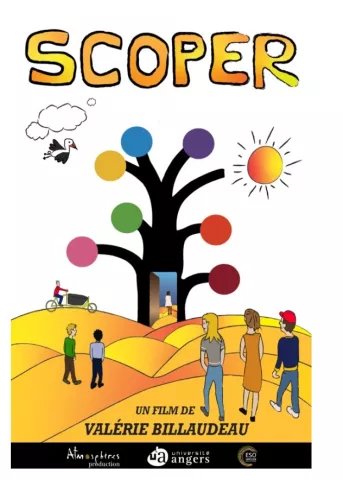How do we move in Latin American cities today? Modal share versus PKT as sustainable urban mobility demand indicators: a comparison of Bogotá and Lima
Hugo Thomas, Luis Ángel Guzman, Florent Demoraes. How do we move in Latin American cities today? Modal share versus PKT as sustainable urban mobility demand indicators: a comparison of Bogotá and Lima. World Symposium on Transport and Land Use, Universidad de los Andes, Jun 2024, Bogotá, Colombia. ⟨hal-04626453⟩
This presentation develops a methodological framework to assess urban mobility demand using microdata from household mobility surveys. Indicators derived from the computation of network-based travel distance, such as passengers-kilometers traveled (PKT), are used along modal share to provide an original approach to urban mobility patterns in Latin American contexts. Distance-based indicators allow us to understand to what extent different transport modes attend to the same needs, and therefore help planners design modal shift policies. Two case studies were compared, Bogotá and Lima, which allow evidence of differentiated travel patterns and mobility inequalities mainly related to private car ownership and use, as well as public transport supply. We address several limitations for estimating network-based distances as well as GHG emissions, and provide fully operative R scripts, in an open science approach.
This presentation develops a methodological framework to assess urban mobility demand using microdata from household mobility surveys. Indicators derived from the computation of network-based travel distance, such as passengers-kilometers traveled (PKT), are used along modal share to provide an original approach to urban mobility patterns in Latin American contexts. Distance-based indicators allow us to understand to what extent different transport modes attend to the same needs, and therefore help planners design modal shift policies. Two case studies were compared, Bogotá and Lima, which allow evidence of differentiated travel patterns and mobility inequalities mainly related to private car ownership and use, as well as public transport supply. We address several limitations for estimating network-based distances as well as GHG emissions, and provide fully operative R scripts, in an open science approach.












